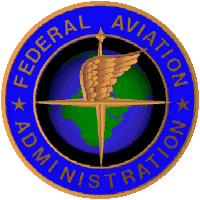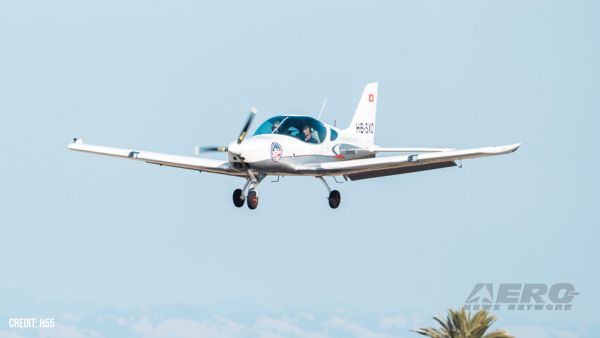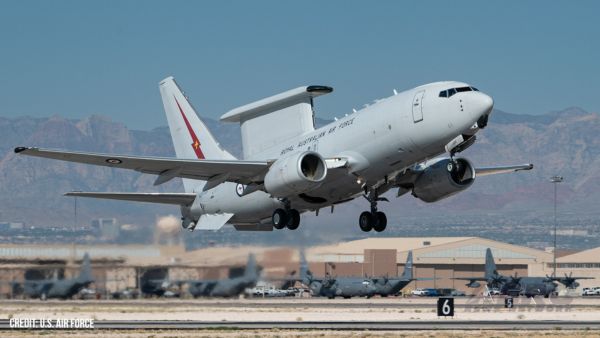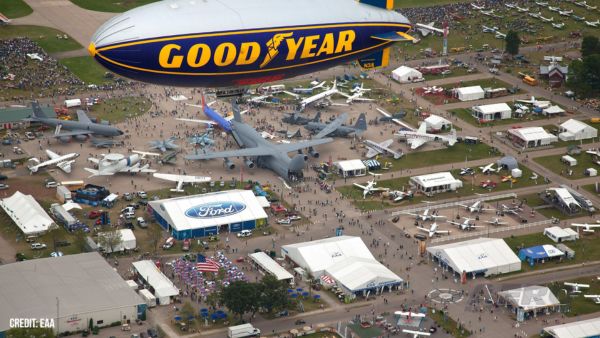Mon, Jul 14, 2003
Avidyne Leading Development Of VDL-3 Avionics To Support FAA's
NEXCOM System
 Avidyne Corporation has
successfully demonstrated the first commercial NEXCOM VDL Mode 3
radios, which will be the cornerstone of general aviation voice and
data communications for the 21st century. This was the first
simultaneous voice and data demonstration and the first flight test
of any commercial avionics VDL Mode 3 radio.
Avidyne Corporation has
successfully demonstrated the first commercial NEXCOM VDL Mode 3
radios, which will be the cornerstone of general aviation voice and
data communications for the 21st century. This was the first
simultaneous voice and data demonstration and the first flight test
of any commercial avionics VDL Mode 3 radio.
The demonstration was flown on an FAA test aircraft utilizing
the FAA's prototype ground station at the FAA technical center in
Atlantic City. All ground station modes were demonstrated during
the flight including urgent downlink request, next channel uplink,
controller override, and digital voice using 2V2D mode.
 Prior to the flight test, extensive
formal lab and aircraft ground tests successfully exercised all
data and voice modes, including simultaneous voice and data with
multiple Avidyne radios communicating with the FAA's prototype
ground station. This included the 3V long-range voice modes,
exercising the full 200-mile range capability of VDL Mode 3.
Prior to the flight test, extensive
formal lab and aircraft ground tests successfully exercised all
data and voice modes, including simultaneous voice and data with
multiple Avidyne radios communicating with the FAA's prototype
ground station. This included the 3V long-range voice modes,
exercising the full 200-mile range capability of VDL Mode 3.
"Avidyne was founded to develop revolutionary, low-cost avionics
systems, and we are pleased to be the lead developer of NEXCOM
systems for general aviation," said Avidyne president Dan Schwinn.
"This marks a major milestone for our industry, demonstrating the
viability and availability of commercial avionics to meet the
aviation communication needs for the next 50+ years."
 Avidyne's self contained panel
mounted radio was designed to meet the future communication needs
for the general aviation market at a reasonable cost, with
specifications at least equal to air transport class radios.
Avidyne's self contained panel
mounted radio was designed to meet the future communication needs
for the general aviation market at a reasonable cost, with
specifications at least equal to air transport class radios.
Avidyne previously completed a formal demonstration
of digital voice with the FAA's ground station in March 2003.
NEXCOM?
NEXCOM is the FAA's radio system of the 21st century. It is an
analog/digital system incorporating the latest technological
advances in radio communications. NEXCOM will provide capability to
accommodate additional sectors and services; reduce logistical
costs; replace expensive to maintain VHF and UHF radios; provide
data link communications capability; reduce A/G RF Interference and
provide security mechanisms. When completed over 46,000 radios will
be installed throughout the FAA system. The NEXCOM system will
enhance the FAA's ability to meet expanding air traffic control
communication demands.
More News
He Attempted To Restart The Engine Three Times. On The Third Restart Attempt, He Noticed That Flames Were Coming Out From The Right Wing Near The Fuel Cap Analysis: The pilot repor>[...]
Make Sure You NEVER Miss A New Story From Aero-News Network Do you ever feel like you never see posts from a certain person or page on Facebook or Instagram? Here’s how you c>[...]
From 2009 (YouTube Edition): Leading Air Show Performers Give Their Best Advice for Newcomers On December 6th through December 9th, the Paris Las Vegas Hotel hosted over 1,500 air >[...]
Aero Linx: NASA ASRS ASRS captures confidential reports, analyzes the resulting aviation safety data, and disseminates vital information to the aviation community. The ASRS is an i>[...]
“For our inaugural Pylon Racing Seminar in Roswell, we were thrilled to certify 60 pilots across our six closed-course pylon race classes. Not only did this year’s PRS >[...]
 NTSB Final Report: Rutan Long-EZ
NTSB Final Report: Rutan Long-EZ ANN FAQ: Turn On Post Notifications
ANN FAQ: Turn On Post Notifications Classic Aero-TV: ICAS Perspectives - Advice for New Air Show Performers
Classic Aero-TV: ICAS Perspectives - Advice for New Air Show Performers ANN's Daily Aero-Linx (06.28.25)
ANN's Daily Aero-Linx (06.28.25) Aero-News: Quote of the Day (06.28.25)
Aero-News: Quote of the Day (06.28.25)





